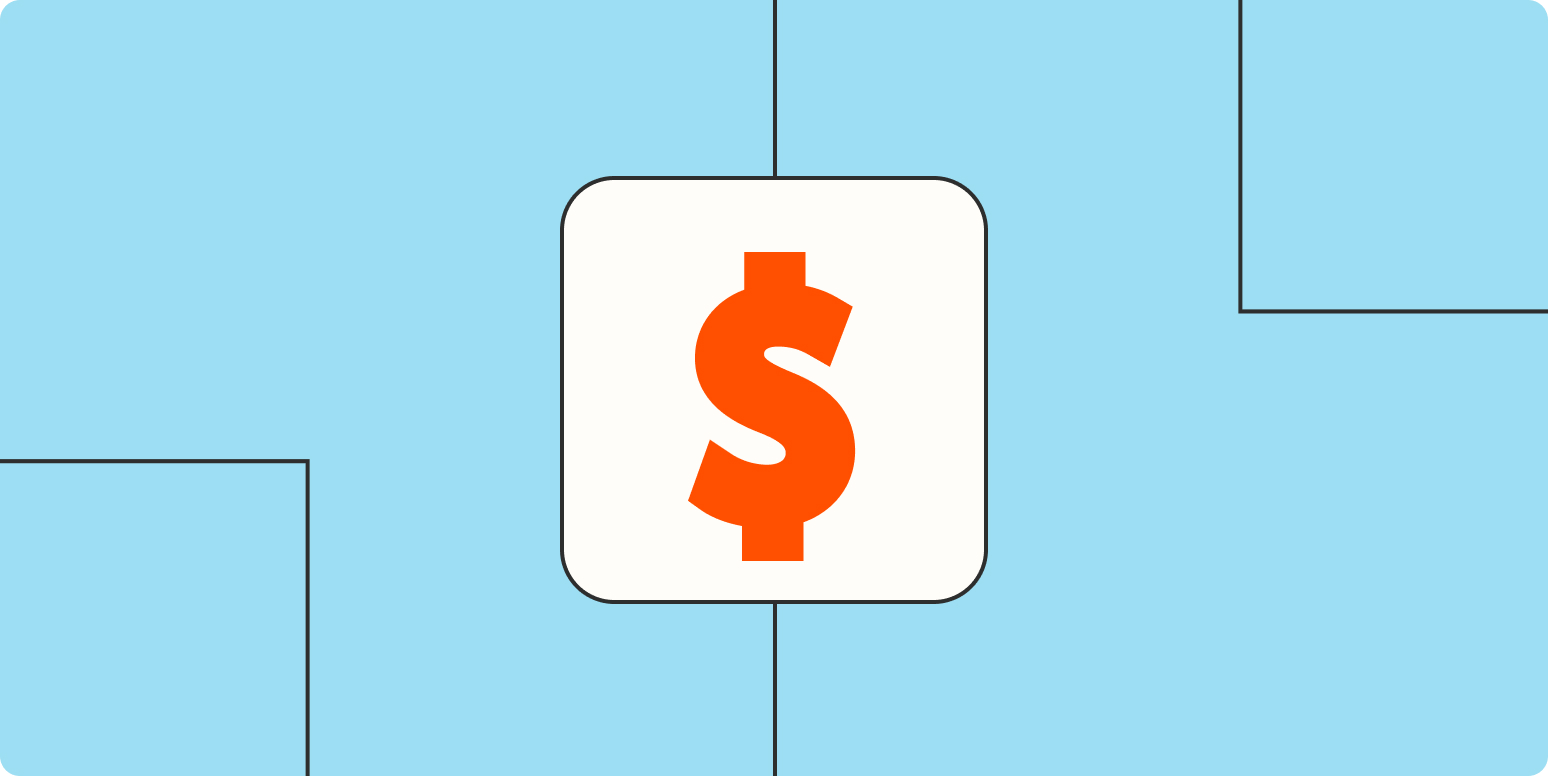Pay-per-click (PPC) campaigns can be incredibly valuable for brands of all sizes. They’re highly effective at driving traffic, leads, and sales quickly, even if there’s a price tag attached.
While PPC campaigns have incredible potential to be high-performing and high-converting, they can also be a lot of work. To get results, you need to manage every aspect of your PPC campaigns. Fortunately, automation can help.
You’ll need a Zapier account to use the workflows in this piece. If you don’t have an account yet, it’s free to get started.
Table of contents
To get started with a Zap template—what we call our pre-made workflows—just click on the button, and we’ll guide you through customizing it. It only takes a few minutes. You can read more about setting up Zaps here.
Why paid marketing channels need automation
Even small businesses with “minimal” advertising may have an average of 10-24 individual ads spread across two or three platforms.
Each ad and campaign needs to be carefully monitored, including pausing or starting the campaign, making adjustments to get an ad approved or improve performance, and tracking data.
There are so many fluctuating metrics and moving parts. You also need to worry about purchase tracking, incoming lead forms, incoming messages, changes in the algorithm, and more.
Automation resources for marketers
Your one-stop shop for inspiration, tutorials, and guides.
You have to keep up with all of this across multiple ad types on multiple platforms.
Automation is key to streamlining the process as much as possible, simplifying it so you can get results faster while sorting through the muck of all the data. This is the best way to discover new options for optimizing and improving your campaigns, too, as it allows you to focus more on the tasks that need your attention instead of endless cycles of busy work.
Get instant access to lead information
Without automation in place, information from lead forms on platforms like Facebook Ads, Google Ads, and LinkedIn Ads will sit in the database until you manually download it and then upload it to your CRM.
This can cause significant lags in response times, which can impact your ability to convert those users into customers. Since you’ve paid money to acquire that lead information, this is the last thing you want to do.
Keep the sales funnel moving quickly by getting your sales team access to that data as quickly as possible with automation.
Send notifications about campaigns
When you have multiple campaigns running at any given point in time, there’s so much to track. If you have a campaign scheduled in advance, for example, you want to know when it goes live. You may also want to know when a campaign ends, or when you hit certain benchmarks.
If you’re on a team with multiple people working to set up ad campaigns, you want to make sure everyone is up to date when those new campaigns launch. Businesses who have hired agencies to create campaigns may also want to be notified.
Here are a few Zaps so everyone can stay in the loop.
Bulk edit campaigns
Have you ever had the deeply unpleasant experience of needing to shift the budget for fifteen different ad campaigns at once? Some platforms require you to go in and edit each individual campaign, one at a time.
There are some automation tools that allow for bulk editing of your ad campaigns.
You can, for example, adjust the active status of different campaigns by making changes in third-party programs with the right integrations. This can help you shut down, pause, or restart campaigns without needing to manually change each one. This saves time and can prevent campaigns from being missed.
Improve retargeting efforts
When a user completes an opt-in form or a lead form but then fails to convert, retargeting is an invaluable tool to recapture their interest and hopefully their sale.
In order to streamline your retargeting efforts, you want all new email addresses to show up in your custom audiences list on different platforms right away. This allows you to retarget to them faster and prevents potential sales from slipping through the cracks.
Add leads to your marketing funnel
One of the greatest benefits to automation is that it can speed up just about everything you do. This means that your customers can receive a streamlined experience, too: They don’t need to wait for follow-up emails or new content, they can get it right away.
Let’s say, for example, that a user converts on a lead form to sign up for a webinar that you’ve advertised on LinkedIn Ads. You’ll want to reach out several times:
-
Send them a welcome email right away with details of the webinar and a message about when they’ll get more information.
-
Send an email the day before the webinar with the link they need to access the webinar.
-
Send a reminder email 30 minutes before the webinar.
-
Send follow-up resources after the webinar.
You can do this when you push email addresses from specific campaigns to designated lists on tools like Mailchimp or ActiveCampaign. With pre-set autoresponder campaigns locked and loaded before you ever even start running those ads, you’re ensuring a smooth, consistent experience. This is true whether you’re offering a 10% discount or access to a lead magnet.
Keep track of offline conversions
Offline conversions can be tricky to track. And what about in-store purchases? Or customers who attended a live event, or users who made a phone call to book a call? These actions can all be driven by ads. While it’s more difficult to track those metrics, it’s important to do so.
Facebook’s Offline Conversions API allows you to track this data, however, and automation can make it much easier to set up.
You can use Zapier to send offline conversions data to Facebook from Google Sheets, Eventbrite, and even an eCommerce tool if it’s not being tracked by the pixel. This is crucial in getting a much better understanding of exactly how effective your PPC campaigns are.
Use automation to create a right-sized system
The beauty of automation is that not only is it effective, but that it’s not one-size-fits-all. You and your team can determine what automated workflows and integrations will best help your team and your customers, and go from there. Test what works for you, and see how automation can impact your PPC campaigns and your sales.
This article was originally published in May 2021 and was lightly updated in August 2022.
[adsanity_group align=’alignnone’ num_ads=1 num_columns=1 group_ids=’15192′]
Need Any Technology Assistance? Call Pursho @ 0731-6725516




